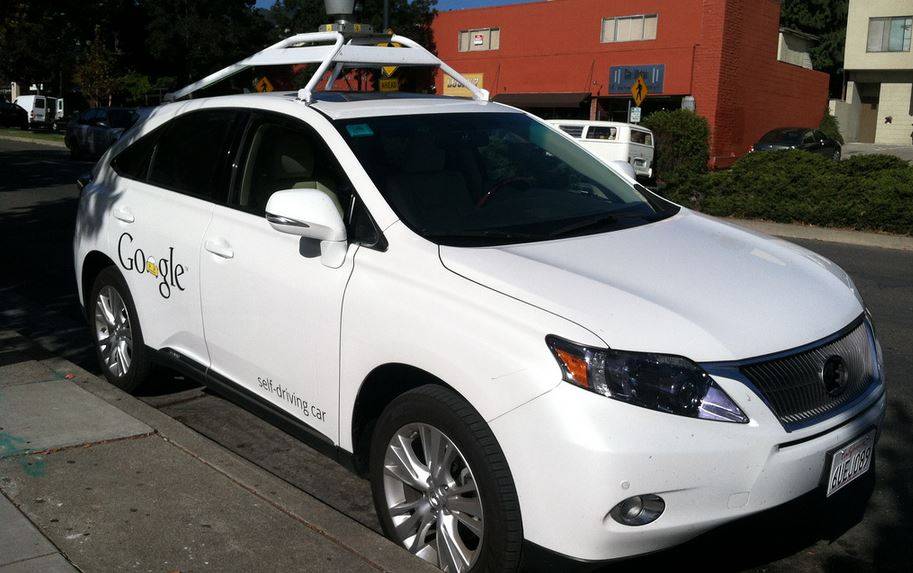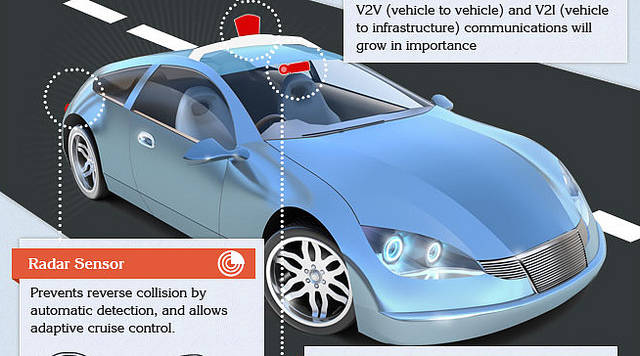How safe are self driving cars in the future?

Self driving cars have had a significant impact on the global automotive market since Google produced their self driving cars. The car basically has no steering wheel, brakes, or acceleration pedal and runs autonomously through a computer navigation system. However, safety has always been the major concern.
 © NVH/ Flickr
© NVH/ Flickr © joneshannah978/ Flickr
© joneshannah978/ Flickr © dailymail.co.uk
© dailymail.co.uk © Ưalalangpixels
© Ưalalangpixels
 © NVH/ Flickr
© NVH/ FlickrGoogle’s experience
 © joneshannah978/ Flickr
© joneshannah978/ FlickrChallenges of the technology
 © dailymail.co.uk
© dailymail.co.ukApplications in the Philippines
 © Ưalalangpixels
© ƯalalangpixelsFeatured Articles
- Latest
- Popular
Recommended Articles For You
Featured Cars
- Latest
- Upcoming
- Popular
Car Articles From Zigwheels
- News
- Article Feature
- Advisory Stories
- Road Test
